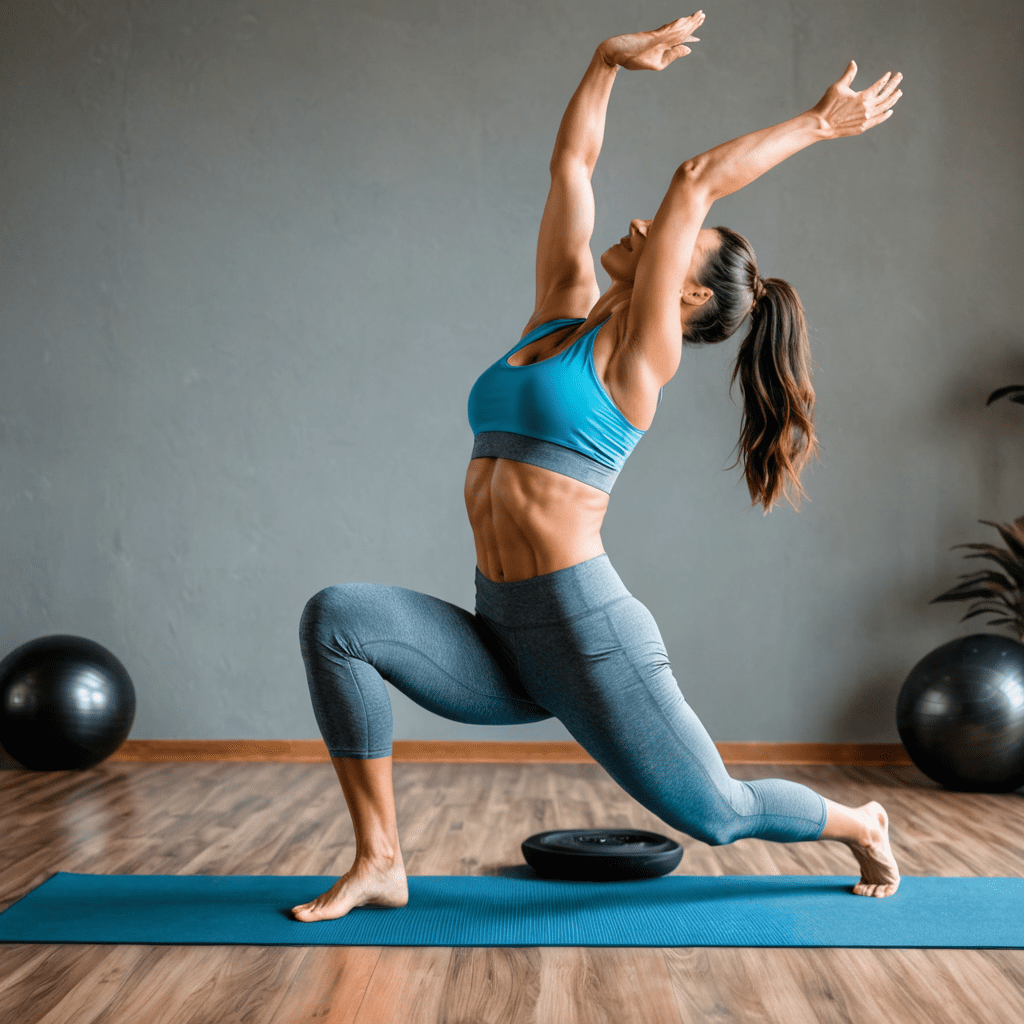
Yoga for Beginners: Practicing Yoga for Grounding and Stability
The Benefits of Yoga for Grounding and Stability
Yoga is much more than just physical exercise; it is a holistic practice that benefits the mind, body, and spirit. For beginners, focusing on grounding and stability through yoga can provide a strong foundation for your practice. Grounding poses help to cultivate a sense of stability, both physically and mentally, while promoting inner peace and mindfulness.
Essential Yoga Poses for Grounding
1. **Mountain Pose (Tadasana)**: Stand tall with your feet hip-width apart, grounding down through all four corners of your feet.
2. **Tree Pose (Vrikshasana)**: Balancing on one leg, bring the sole of your foot to the inner thigh or calf of the opposite leg, finding your focus point to enhance stability.
3. **Warrior I (Virabhadrasana I)**: Step one foot back, keeping the front knee bent at a 90-degree angle and grounding the back heel down, aiming for stability and strength.
Creating Stability through Breath and Mindfulness
In addition to physical poses, breathwork and mindfulness play a crucial role in enhancing grounding and stability during yoga practice. Paying attention to your breath and being mindful of the present moment can help you stay centered and stable, both on and off the mat.
Tips for Beginners to Enhance Grounding and Stability
1. **Practice regularly**: Consistency is key when it comes to building stability in your yoga practice.
2. **Focus on alignment**: Pay attention to proper alignment in each pose to prevent injury and enhance grounding.
3. **Listen to your body**: Honor your body’s limits and progress at your own pace to avoid pushing yourself too far.
Grounding and Stability in Daily Life
Yoga is not just a practice confined to the mat; its principles of grounding and stability can be applied to your daily life. By incorporating mindfulness, breathwork, and yoga poses into your routine, you can cultivate a sense of inner calm and stability that transcends your yoga practice.
Final Thoughts
By embracing the principles of grounding and stability in your yoga practice, you can lay a strong foundation for not only your physical practice but also your mental and emotional well-being. Remember, yoga is a journey, and as a beginner, focusing on grounding and stability will set you on the path to a more balanced and centered life.
Frequently Asked Questions About Yoga for Grounding and Stability
What is grounding in yoga?
Grounding in yoga refers to the practice of connecting with the earth and creating a sense of stability and presence in the present moment. It involves focusing on your breath, posture, and the sensations in your body to feel rooted and centered.
How can yoga help beginners with stability?
Yoga helps beginners with stability by improving balance, strengthening core muscles, and increasing body awareness. Through regular practice, beginners can enhance their stability both physically and mentally, leading to a more grounded and centered lifestyle.
What are some beginner-friendly yoga poses for grounding and stability?
Beginner-friendly yoga poses for grounding and stability include Mountain Pose (Tadasana), Tree Pose (Vrikshasana), Warrior II Pose (Virabhadrasana II), and Child’s Pose (Balasana). These poses help beginners build strength, improve balance, and cultivate stability in their practice.
How often should beginners practice yoga for grounding and stability?
It is recommended for beginners to practice yoga for grounding and stability at least 2-3 times a week to build strength, improve balance, and enhance stability. Consistent practice, even for short durations, can help beginners experience the benefits of grounding and stability in their yoga practice and daily life.


